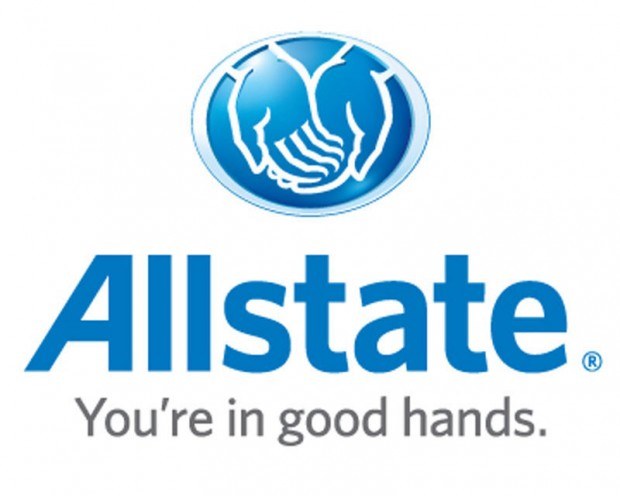Allstate saw its first quarter profit take a big jump this year to $666 million, up from the $217 million reported for the first quarter of 2016.
Total revenue of $9.4 billion in the first quarter of 2017 increased by 6.3 percent compared to the prior year quarter. Property-liability insurance premiums increased 3.1 percent.
Operating income was $608 million in the first quarter of 2017, compared to $322 million in the first quarter of 2016.
The company reported progress in improving its auto line pricing and results.
Property-liability net income of $652 million was $430 million higher than the first quarter of 2016. Underwriting income of $507 million was $382 million above the prior year quarter, driven by a lower loss ratio, which the company said was due to increased average premiums, improved loss trends, favorable prior year reserve releases and lower catastrophe losses.
The combined ratio of 84.8 for the first quarter of 2017 was 2.4 points lower than the first quarter of 2016, reflecting improvement in the auto underlying loss ratio across all three of Allstate’s brands. This was partially offset by an increased Allstate brand auto expense ratio, driven by investments in growth, and a higher Allstate brand homeowners combined ratio compared to a very favorable first quarter of 2016.
Allstate brand auto net written premium grew 2.9 percent in the first quarter of 2017, reflecting a 6.1 percent increase in average premium compared to the prior year quarter. The insurer said it is investing in expanding its distribution capacity and marketing. The recorded combined ratio of 90.6 in the first quarter of 2017 was 8.4 points better than the prior year quarter.
Allstate brand homeowners net written premium increased slightly in the first quarter of 2017 compared to the first quarter of 2016, as increased average premium and lower reinsurance costs were offset by a 1.4 percent decline in policies in force. The company said its homeowner policy growth has been adversely impacted by actions taken to improve auto margins. The recorded homeowner combined ratio of 93.7 in the first quarter of 2017 increased 0.3 points compared to the prior year quarter due to a higher expense ratio.
At online seller Esurance, net written premium growth of 1.1 percent compared to the prior year quarter reflects increased auto average premium. Policy growth was flat as growth in homeowners offset the decline in auto policies. The recorded combined ratio of 102.4 was 3.8 points better in the first quarter of 2017 compared to the first quarter 2016, as a lower expense ratio was only partially offset by a higher loss ratio. The auto loss ratio of 74.4 in the first quarter was 1.0 point higher than the prior year quarter. The homeowners loss ratio in the first quarter was 92.9, while the combined ratio of 150.0 includes start-up costs.
At the independent agency division, Encompass, net written premium declined by 10.3 percent and policies in force were 14.5 percent lower in the first quarter of 2017 compared to the prior year quarter. The recorded combined ratio of 111.7 in the first quarter of 2017 was above the first quarter of 2016 due to higher catastrophe losses, while the underlying combined ratio of 86.6 improved compared to the same period a year ago. The insurer continues to seek rate hikes in states with inadequate returns. However, Encompass announced it will be withdrawing from Massachusetts starting in late June.
SquareTrade net written premium was $81 million and policies in force were 30 million in the first quarter of 2017. The recorded combined ratio was 159.3 and included $23 million of amortization of purchased intangible assets related to the acquisition and is also impacted by investments in growth. The loss ratio in the first quarter was 61.0.
Source: Allstate





















 Berkshire Hathaway Enters Post-Buffett Era as Share Prices Fall
Berkshire Hathaway Enters Post-Buffett Era as Share Prices Fall  What to Expect in 2026: U.S. P/C Results More Like 2024
What to Expect in 2026: U.S. P/C Results More Like 2024  Is the AI Boom a Bubble Waiting to Pop? Here’s What History Says
Is the AI Boom a Bubble Waiting to Pop? Here’s What History Says  Artificial Intelligence Is Rewriting the Rules for Commercial Lines
Artificial Intelligence Is Rewriting the Rules for Commercial Lines 


